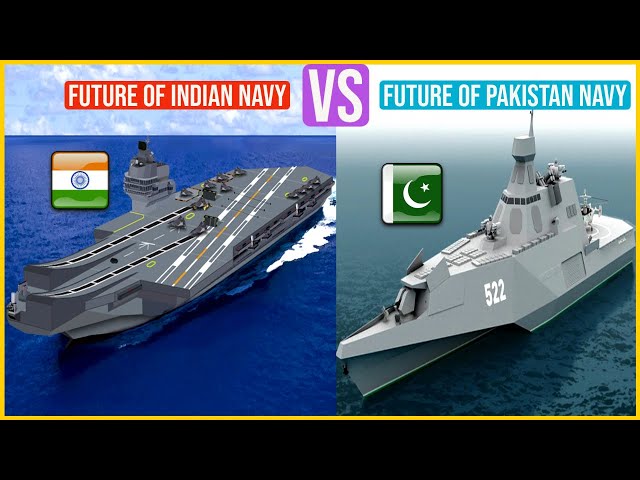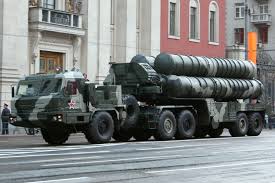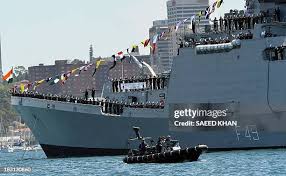Comparative Analysis: Pakistan Navy vs Indian Navy

Importance of Naval Forces in South Asia
The naval power of a nation plays a critical role in asserting its influence and safeguarding its maritime interests. In South Asia, the strategic rivalry between Pakistan and India has led to a focused enhancement of their naval capabilities, reflecting regional security dynamics and international maritime norms.
Current Strengths of the Indian Navy
The Indian Navy is one of the largest and most powerful in the Indian Ocean region, boasting a fleet that includes aircraft carriers, submarines, and surface combatants. With recent developments, India has pursued modernization efforts to enhance its tactical capabilities significantly. This includes the induction of indigenous aircraft carriers like INS Vikrant and advanced submarines such as the Kalvari-class, bolstering its deterrence and power projection abilities.
Pakistan Navy’s Evolving Strategy
In response to India’s expanding naval capabilities, the Pakistan Navy has also been upgrading its fleet and strategic initiatives. Focusing on asymmetric warfare and unconventional capabilities, it has aimed to strengthen its submarine fleet while enhancing its surface vessels’ operational readiness. The development of the Agosta-90B submarine program and partnerships with countries such as China have been crucial in this regard.
Recent Developments and Naval Exercises
In recent months, both navies have conducted various naval exercises to showcase their operational capabilities. The Indian Navy’s “Operation BOLD KURUKSHETRA” highlighted its ability to conduct joint operations with allied forces, while the Pakistan Navy’s “Rim of the Pacific (RIMPAC)” exercise underscored its growing international naval engagement. The strategic presence in the Arabian Sea has become a focal point for both nations amid rising geopolitical tensions.
The Future of Naval Engagement in South Asia
The ongoing rivalry between Pakistan and India at sea suggests a burgeoning arms race of naval capabilities. Analysts observe that while both navies are enhancing their strengths, there is a pressing need to adopt confidence-building measures to mitigate potential conflicts. Future naval engagements may revolve around joint maritime security discussions and cooperative frameworks to address shared concerns such as piracy and environmental challenges.
Conclusion
As both navies continue to evolve, their interactions will significantly determine the maritime security landscape in the Indian Ocean. Understanding the delicate balance of power at sea is essential not only for regional stability but also for global maritime trade routes. Future developments in naval technology and strategy will continue to shape the dynamics of Pakistan Navy vs Indian Navy.








